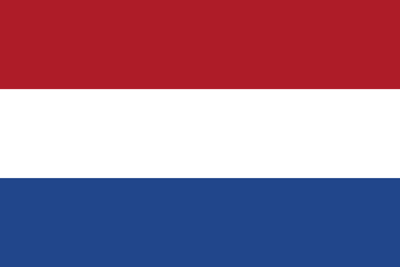SCOR Model
The Supply Chain Operations Reference (SCOR) model provides a reference framework for efficiently analysing and measuring supply chain performance. The SCOR model covers the supply chain from the supplier’s supplier right through to the customer’s customer. Each link in the chain revolves around the same five processes: plan, source, make, deliver and return. At BLMC, we use some aspects of the SCOR model when implementing supply chain management within and between organizations.
Originally developed in the USA, the SCOR model is too theoretical and complex for many organizations, which is why we have developed our own Supply Chain Optimization Method by BLMC (SCOMB). This method is built on solid theoretical foundations, is integral and is strongly focused on the implementation of supply chain management within larger SMEs (small and medium-sized enterprises) – i.e. organizations that are quite sizeable but do not rank among multinationals such as Akzo and Shell.
About the SCOR Model
The SCOR model was developed in the USA and is managed by the APICS Supply Chain Council. This reference framework enables users to identify, manage and discuss supply chain processes. It is based around five distinct processes:
- Plan: Alignment of supply and demand in order to develop a plan that meets the purchasing, production and distribution requirements.
- Source: Procurement of goods and services that are needed to meet the demand.
- Make: Transformation of raw materials and components into finished products.
- Deliver: Supply of finished products, including order management, warehouse management and transport management.
- Return: Finished products that are returned, for whatever reason.
Performance indicators within the model
One aspect of the SCOR model is a set of performance indicators (KPIs) enabling supply chain performance to be measured. Examples of such KPIs include:
- Perfect order fulfilment
- Order fulfilment cycle time
- Total cost to serve
- Cash-to-cash cycle time
- Return on working capital
Our supply chain optimization expertise
All our supply chain consultants have been trained by BLMC and are certified to apply one or more modules with our clients’ organizations.
The Supply Chain Optimization Method by BLMC comprises the following modules:
- supply chain analysis and design
- supply chain strategy
- supply chain processes
- supply chain data-analyse and kpi’s
- sales & operations planning
- supply chain leadership, behaviour and culture
- supply chain monitoring
Prof Dr Jack van der Veen, professor of supply chain management at Nyenrode Business Universiteit, and BLMC took the initiative to set up the Supply Chain Excellence Leadership Platform (SCELP) in 2012. The inaugural conference was held on 20 November 2012, and the SCELP programme has been running ever since.
The SCELP meetings serve as a platform where directors of supply chain, operations and logistics discuss and work on supply chain topics. SCELP revolves around three key themes which together form the basis of supply chain management: supply chain strategy, supply chain infrastructure and supply chain behaviour, culture and leadership. The supply chain optimization method developed by BLMC is comprehensive and covers all relevant aspects of supply chain management. The method includes consideration of both the technical side and the human factor. It is this combination that sets BLMC apart from its competitors.


